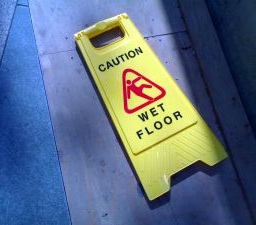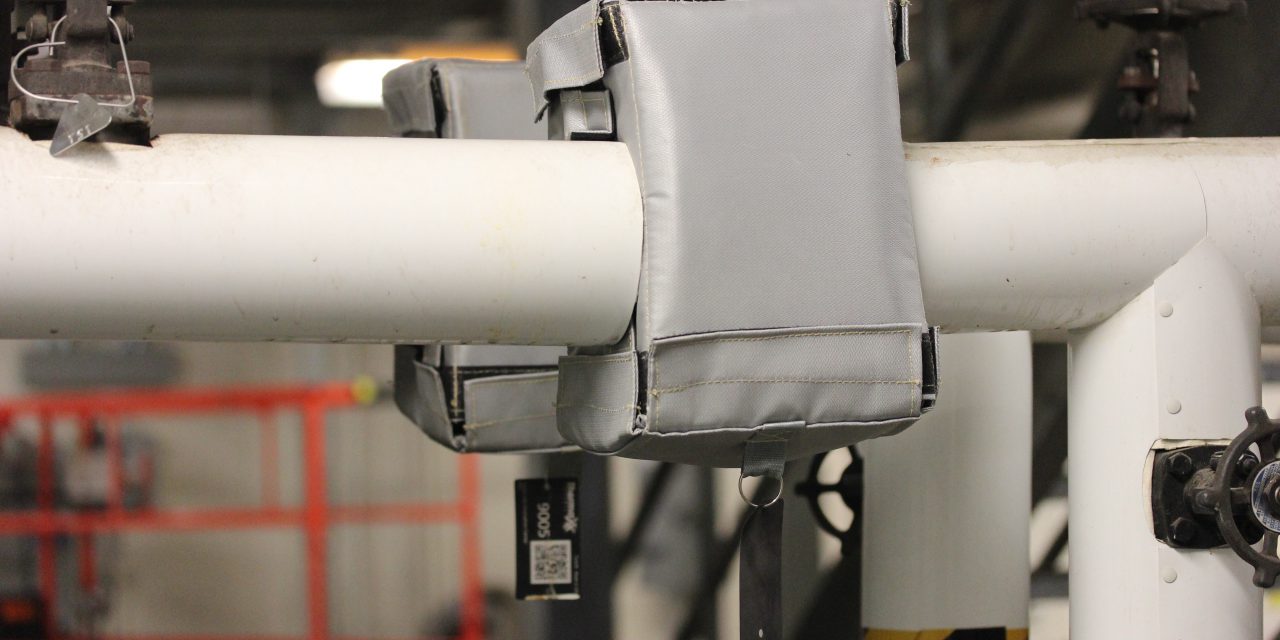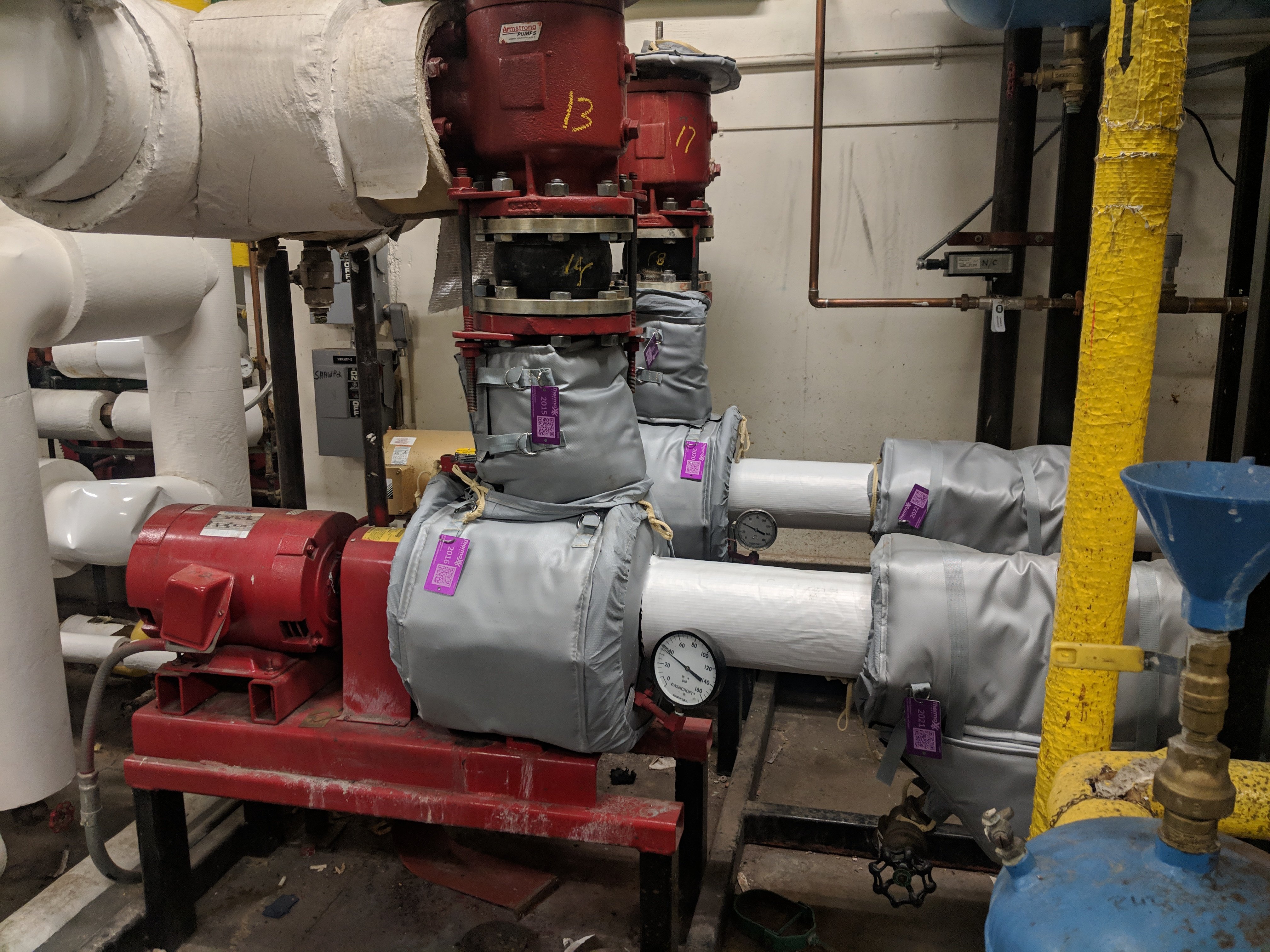5 Ways Insulation Covers Improve OSHA Compliance
Disclaimer: The information contained in this article is, in no way, intended to be a substitute for legal advice.
All employers have the duty to exercise diligence in creating a work environment that is safe and healthy. The Occupational Safety & Health Administration (OSHA) helps employers meet this duty by setting forth regulations and standards designed to improve safety and well-being at work.
We have scoured the lengthy list of OSHA regulations to find those that relate to insulation covers. Below are 5 ways that insulation covers may improve compliance with OSHA regulations.
1. Reducing Burns from Hot Pipes
OSHA does not actually have a specific regulation in its general industry standards (regulations which pertain to all workplaces subject to OSHA regulations) that specifically regulates when hot pipes need to be covered. However, OSHA has stated (see this letter of interpretation) that “OSHA does consider exposed heated surfaces, if there is a potential for injury, to be a hazard and will issue citations if employees can come into contact with such surfaces.”
In that interpretation, OSHA also referenced two standards, applicable to special industries: textiles and pulp, paper, and paperboard mills.
1910.262(c)(9) governs the textile industry and states “Steam pipes. All pipes carrying steam or hot water for process or servicing machinery, when exposed to contact and located within seven feet of the floor or working platform shall be covered with a heat-insulating material, or otherwise properly guarded.”
1910.261(k)(11) governs pulp, paper, and paperboard mills and states, “Steam and hot-water pipes. All exposed steam and hot-water pipes within 7 feet of the floor or working platform or within 15 inches measured horizontally from stairways, ramps, or fixed ladders shall be covered with an insulating material, or guarded in such manner as to prevent contact.”
A third regulation specifically requiring insulation for hot pipes is 1910.265(f)(5), which applies to the sawmill industry, and states, “Steam mains. All high-pressure steam mains located in or adjacent to an operating pit shall be covered with heat-insulating material.”
2. Eliminating Wet Floors from Condensation

OSHA standards require that floors be kept dry in most workplaces. Standard 1910.22(a)(2), which is part of OSHA’s general requirements, states, “The floor of every workroom shall be maintained in a clean and, so far as possible, a dry condition. Where wet processes are used, drainage shall be maintained, and false floors, platforms, mats, or other dry standing places should be provided where practicable.”
A common cause of wet floors is condensation that drips from pipes and components. For example, when there is a difference between cold water pipe temperature and air temperature, condensation forms and may drip on the floor. Insulation jackets for cold pipes and components eliminates condensation to keep things dry.
3. Reducing Occupational Noise
OSHA Standard Number 1910.95 pertains to most workplaces and has a number of rules pertaining to high workplace noise levels. When noise exposure exceeds certain levels, employers are required to provide protective equipment and possibly administer a hearing conservation program.
Whenever feasible, OSHA recommends reducing noise at the source, and this is the practical first thing to investigate in regards to addressing workplace noise. When noise originates from equipment — such as compressors or motors, for example — it may be possible to reduce noise with removable acoustic insulation.
4. Replacing Potentially Harmful Insulation

Two insulation materials that are subject to OSHA regulations are asbestos and synthetic mineral fibers.
Asbestos
It is widely known that OSHA limits exposure to asbestos. Standard number 1910.1001 covers most OSHA rules regarding asbestos. Two areas that OSHA says may often have asbestos are “pipe and boiler insulation materials.” If your facility contains component insulation made of asbestos-containing materials, it may be necessary to replace the insulation with a safe insulation cover.
Synthetic Mineral Fibers
Two common synthetic mineral fibers used as insulation materials are fiberglass and mineral wool fiber (like rockwool). Both are considered by OSHA to be inert or nuisance dusts, and are subject to permissible exposure limits. See http://www.osha.gov/SLTC/syntheticmineralfibers/index.html for more information.
Worker exposure to synthetic mineral fibers may be increased if workers must make insulation from raw materials; one solution to this is to purchase complete insulation covers when possible. Workers may also be exposed to synthetic mineral fibers if insulation is left uncovered; insulation jackets may resolve this issue.
5. Reducing Confined Space Entry

Closely confined spaces can be very dangerous, and are therefore heavily subject to many OSHA regulations, most of which can be found here. It is generally wise for employers to reduce the need to enter confined spaces —confined spaces can be dangerous and ensuring safety (especially in permit-confined spaces) can be quite costly and time-consuming.
Often, confined space entry is required to access steam traps and valves in steam systems in order to perform regular manual inspection of valves and components. However, manual inspection can often be limited by augmenting manual inspection with temperature sensors. In some applications, insulation covers with built-in temperature sensors can be used to kill two birds with one stone.

Thermaxx Jackets
Thermaxx Jackets was founded over 25 years ago with a single purpose: to help our clients save energy with removable insulation blankets when traditional stay-in-place insulation is not practical. Our dedication to this purpose has resulted in a long list of customers who have saved money thanks to Thermaxx Jackets! Combining expertise in heat loss, wireless monitoring, insulation design, and several other disciplines, we’ve become the #1 provider and fabricator of removable insulation jackets and covers. The Thermaxx Sales and Service teams are experienced and trained to provide clients with the most timely and cost-effective solution.
Categories
- removable insulation
- thermaxx jackets
- energy savings
- savings
- energy efficiency
- safety
- pipe insulation
- energy
- case study
- insulation materials
- thermal insulation
- heat loss survey
- heat loss
- energy loss
- hot insulation
- fiberglass
- installation
- steam
- New York
- custom insulation
- NYC Case Study
- boiler
- university
- Connecticut
- reusable insulation






